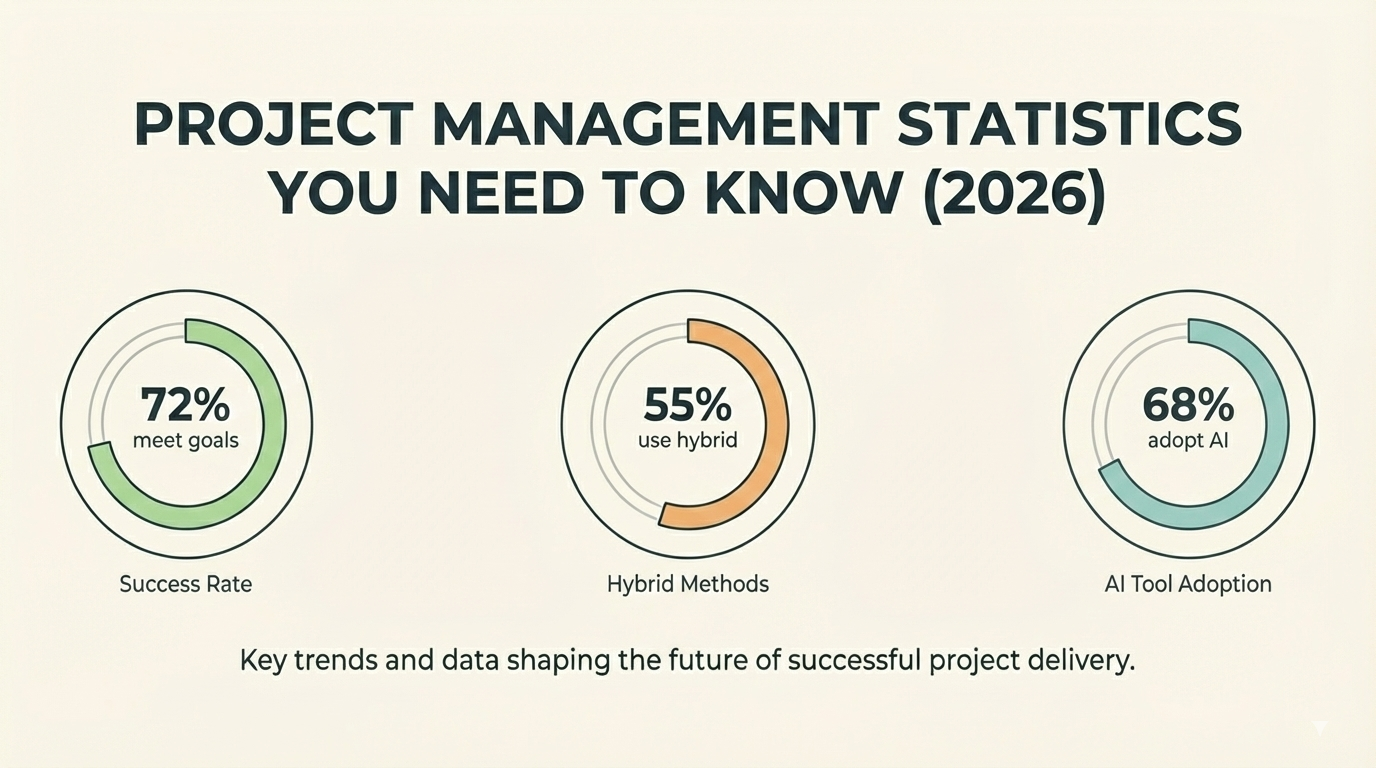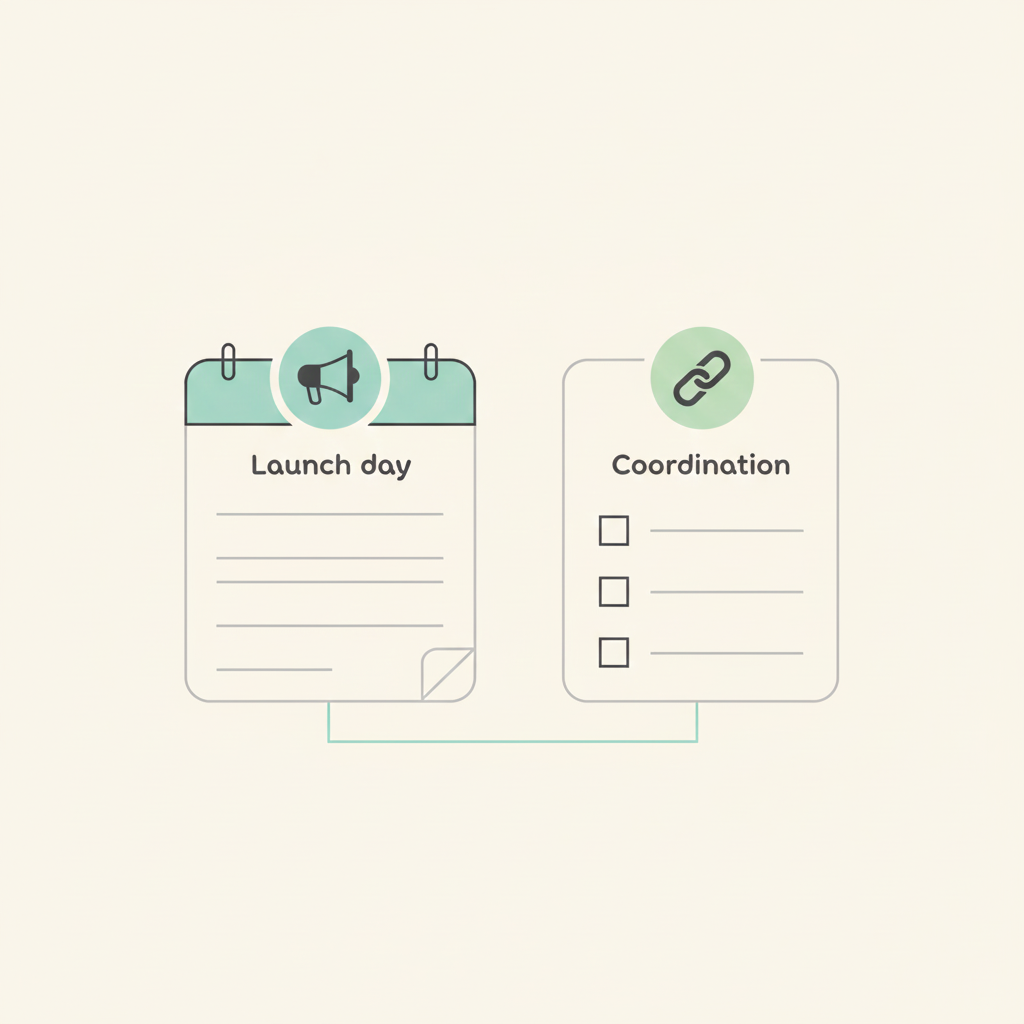Working together better with collaboration best practices
Part 1: Why email is a nuisance!

Email can be a bit problematical
The first email was sent in 1971. On a macro level, as of June 2018, the average daily legitimate email volume was 52.95 billion; and the average daily spam volume was 307.47 billion.
To put this into a more bite-sized context, one analysis suggests the average office worker receives 121 emails and sends out 40 every day. Email takes up a lot of time. Best practice for collaboration suggests email is dead, however, this is not a new idea, but it may be overstating it a little.
It’s probably better to say that email in general and your company Inbox in particular can be a bit problematical.
The chaos of messages from anyone
Firstly, there’s the fact, that generally speaking, anyone can send you an email, friend or foe.
In the post-GDPR world, receiving legitimate email marketing from people or companies you don’t know shouldn’t really happen, because you cannot have given them permission to send you stuff…
However, the giant spam machines out there are alive and well. Some people may have noticed a bit of a falloff in spam, in June 2018, the month immediately after GDPR came into play. There seemed to be a distinct lack of spam, especially those that looked like they were attempts at phishing by cybercriminals.
However, by July it seemed that ‘normal service’ was resumed!
Anyway, from the perspective of work and receiving inbound email related to your work, email is not great. Sure, you can set up to block things and filter messages from unknown senders, but if you are in a customer or prospect facing role, where you may get inquiries from people previously unknown, you are going to be reticent to block or filter, in case it impacts new business activity.
Consequently, checking email is frequently required and it may take time to identify legitimate from unwanted messages. The ones that are wanted then have to be prioritized to identify what needs to be acted on first.
The restrictions of the email and file system silos
Secondly, email is an information silo. Most companies store productivity files such as Word, Excel and PowerPoint in standard file systems, in another silo. The same is true for creative work files such as Photoshop, Illustrator or InDesign; or technical such as CAD files for engineering, architecture or design.
Work is often heavily reliant on the content of email messages. However, the two silos are disconnected. We have to track and trace which emails relate to which productivity documents by a tedious manual process.
Whether we are collaborating with our co-workers in our own organizations or external third parties such as clients, customers or delivery partners email’s separation from the outputs of our labor is inefficient, causes delay and is no good for the purposes of auditability.
Groupware and collaboration
Back in the late 1980s and early 1990s respectively, newly hatched Lotus Notes (now IBM) and Microsoft Outlook were originally termed ‘groupware’ applications, because they enabled collaboration to be organized with shared calendaring, and support for tasks and contact address books.
However, these were ‘old school’ client-server applications for an on-premise software world. Continuing development showed that they were hidebound by their inability to adapt to the needs of the way people actually worked in a rapidly changing world.
As the growth of cloud-based computing has mushroomed over the last 15 years or so, more innovative and agile ways of using software to collaborate have emerged. These have been developed without historical baggage and the need to be backwardly compatible, offering development teams a blank canvas on which to move in different directions.
These applications have been developed by people with the freedom to reimagine the process of working together, how people actually collaborate, and what they need to do it most effectively and efficiently.
In short, they have been developed to fit with the needs of the way people now work.
Software for the way we work today
Searching collaboration on Capterra, a leading website for finding and filtering business applications, returns 478 results for cloud-based software tools. The market for collaboration software is buoyant and very active indeed.
Email is essentially about communicating; filtering the results for the fundamental communication tools of audio & video conferencing and chat & messaging reduces the list to 109 results. If you are thinking about getting your teams to work more efficiently together, there is likely to be more than one that’s ideal for your business. So, it’s a nice problem!
The benefits of moving to a collaboration platform are wide-ranging. With specific reference to overcoming the shortcomings resulting from the use of email, the advantages include:
Time saving
The distraction of email is removed with people not being interrupted by continual Inbox activity. Collaboration platforms tend to have message notifications, alerting to messages that are relevant to the workflow and projects that registered users are engaged upon.
Productivity increases
Without distractions, team members are simply able to get more done. Activity is directed and focused on the tasks that are set for each individual or workgroup.
End data silos
Collaboration platforms often organize work by client or project. Messages directly related to each piece of work are usually alongside uploaded productivity files. Communications relating to version updates and changes can be easily tracked, providing an audit trail, boosting accountability.
Efficient communication at scale
Collaborating with email works just fine between two people. But as the size of the workgroup increases, its shortcomings quickly make themselves apparent. Collaboration platforms usually offer centralization, and for productivity docs may offer, reviewing, commenting and group editing capabilities. This ends the wasteful practice of different versions being bounced around with different comments and edits by different people.
Find information more easily
Centralization is an enabler of the important capability of being able to search the team’s output all at once from a single screen. Searching email Inboxes and the personal filing systems as set up by each email user is simply tedious and doesn’t relate to the productivity files unless they are present as attachments. This is also enable organizational memory to be leveraged when you want to reuse knowledge, information and processes that are stored in the platform.
Socializing work
People use social platforms to conduct their personal lives. So, when they conduct their working lives, it’s only natural that they expect to use social tools for work. The term social collaborative software is being widely used to describe collaboration platforms, reflecting the similarities between social network platforms and collaboration-oriented software for business use.
Work teams as social communities
Socializing work recasts teams and workgroups as communities. This builds higher levels of trust and fosters team spirit. It also promotes transparency, both horizontally across people at the same level within the work force as well as vertically, within layers of differing responsibilities. Organizing users as groups for management, projects or whatever you prefer, enables easier ways to provide specific messages to different audience groups.
Cross organizational boundaries
The users of a collaboration platform are not bounded by the physical walls or virtual boundaries of your organization. Eliminating email from the workflow doesn’t restrict who your employees can work with. Users can be your clients, or third parties like delivery partners. This means that your nuclear team, as well as teams that are extended with external users can be bound together, where they work in mutuality to achieve shared goals and objectives.
Breaking the email habit!
Even with a really great social collaborative software in place, it may be impossible to totally eliminate email from the workplace. However, you can get people to move beyond it by taking steps to reduce its use.
Certainly, at a policy level, best practice should set out that:
- Collaborative and project work should only take place on the platform
- Email is used to communicate internally and externally on non-project work
- Training is given to help people moderate, reducing email use and distraction
We’ll look at another aspect of working together better with collaboration best practices in the next blog of this short series, Part 2: The problems of local file storage.








